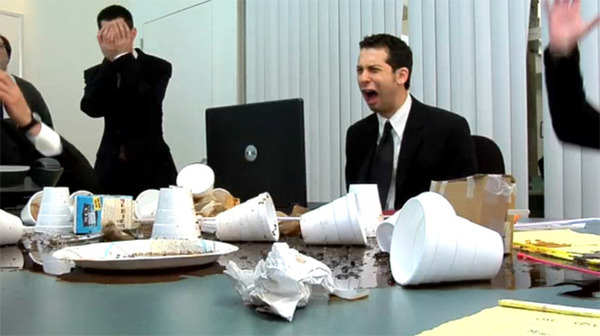Savage market declines are expected.
The difference between great and poor investors is how they deal with fear.

Every major news outlet is flashing Coronavirus.
Panic is everywhere.
But, as Warren Buffet said . . .
Continue Reading “The Best Money Advice in Savage Market Declines”
